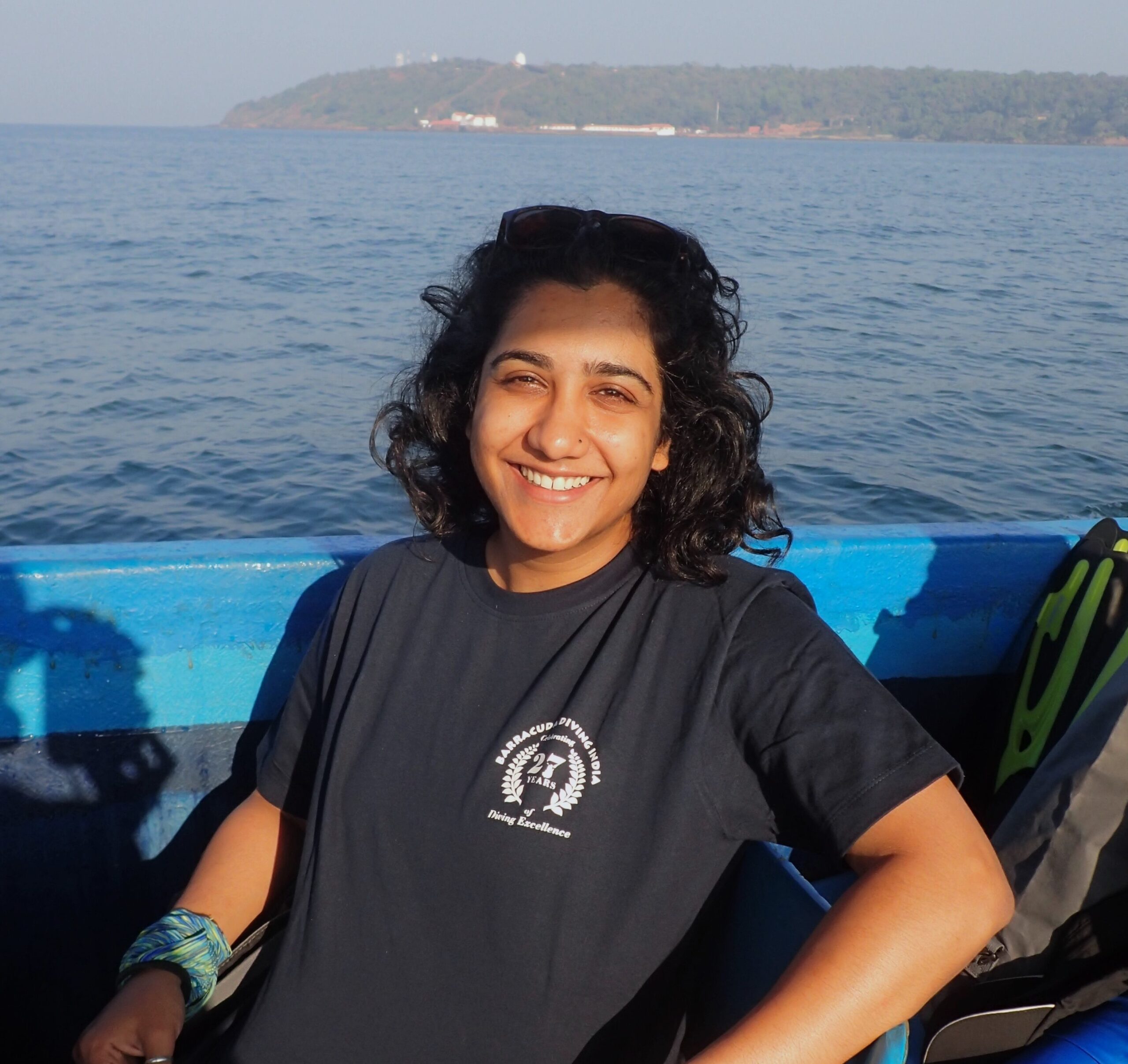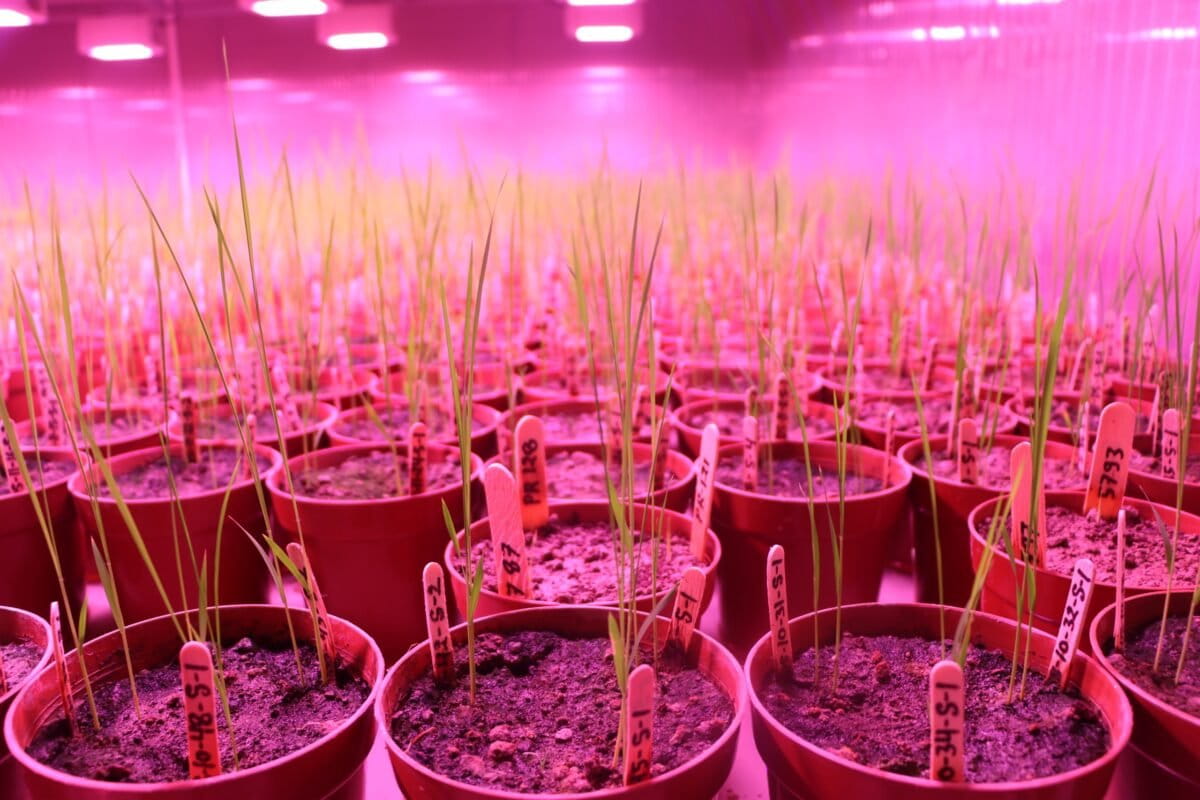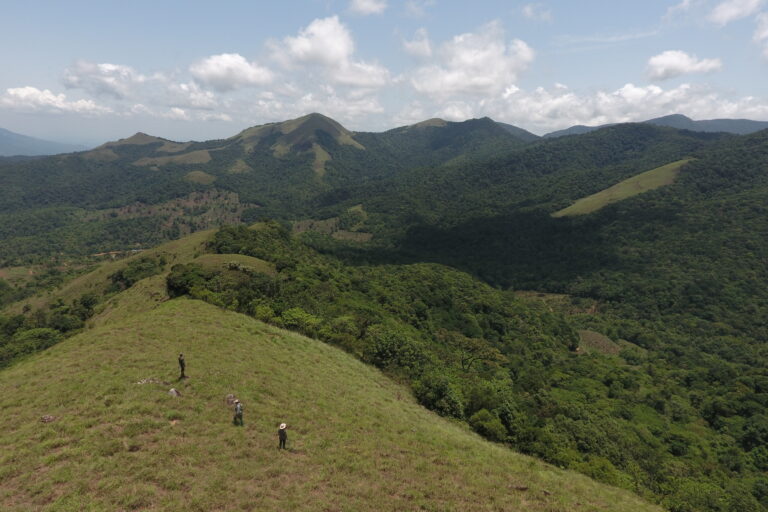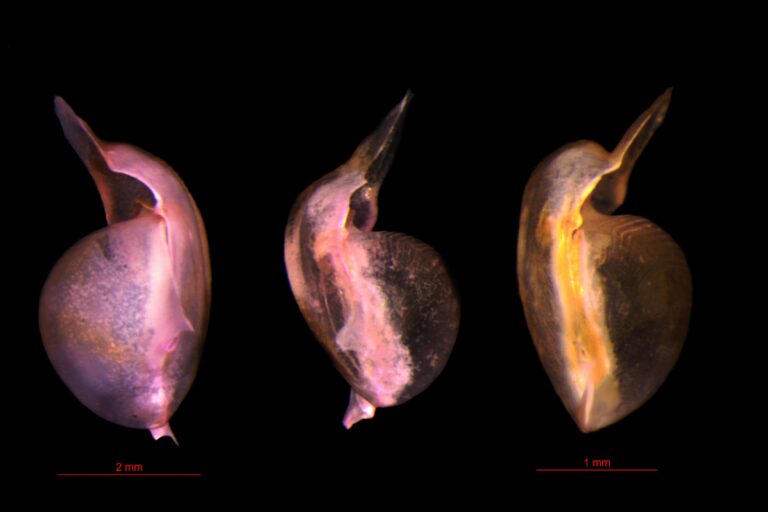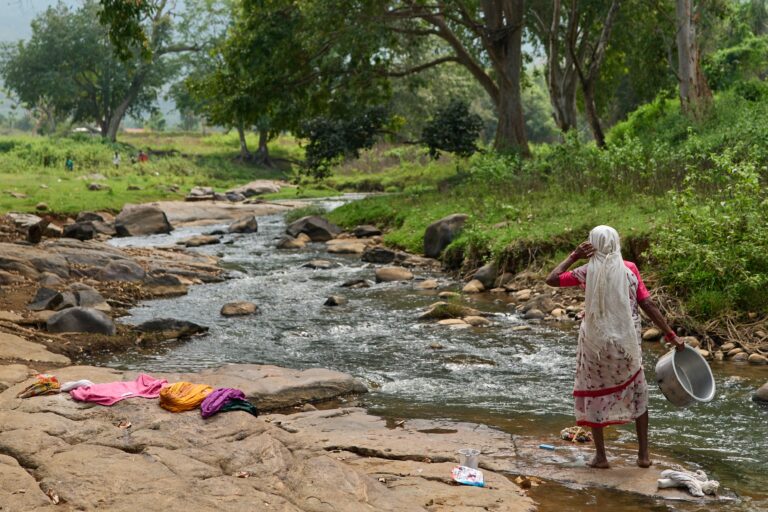- A new study from the Palk Bay–Gulf of Mannar region in Tamil Nadu documents the first evidence of heavy metal bioaccumulation in Indian dugongs, recording heavy metal presence in heart, lung, and skin, as well as maternal transfer to the calf for the first time.
- Heavy metal toxicity can cause neurological, endocrine, metabolic, kidney, reproductive, and immune system damage—a concerning threat to dugong populations in India.
- This raises concerns about persistent heavy metal pollution in coastal waters and seagrass meadows, and its impacts on marine life and local communities.
- Experts emphasise the need for an integrated conservation strategy combining routine toxic metal monitoring, pollution control, and community engagement to protect dugongs and their habitats.
The shallow, seagrass meadows of Palk Bay and the Gulf of Mannar off Tamil Nadu are home to one of the ocean’s gentlest grazers, the dugong (Dugong dugon). Often called ‘sea cows’ for their habit of grazing on these underwater meadows, dugongs are the only surviving species of the family Dugongidae.
Dugongs range across 37 Indo-Pacific countries but have disappeared from many parts of their former range. In India, despite Schedule I protection under the Wildlife (Protection) Act, 1972, their numbers have fallen to barely 250 individuals (IUCN: vulnerable). Dugongs are now mostly found within and near Marine Protected Areas like the Dugong Conservation Reserve and Gulf of Mannar Marine National Park (MNP) in Tamil Nadu, Rani Jhansi MNP and Mahatma Gandhi MNP in the Andaman and Nicobar Islands, and Gulf of Kutch MNP in Gujarat.
Classified as an Important Marine Mammal Area, India’s first Dugong Conservation Reserve in northern Palk Bay (448 sq km) with the Gulf of Mannar Marine Biosphere Reserve — the first one in South and Southeast Asia — harbour the country’s largest dugong population. But these ecosystems face growing threats from coastal development and pollution, affecting seagrass health and dugong survival. Globally, dugongs face pressures from hunting, fishing net entanglement, boat strikes, and habitat degradation, with a recent study revealing yet another concern: heavy metal bioaccumulation.
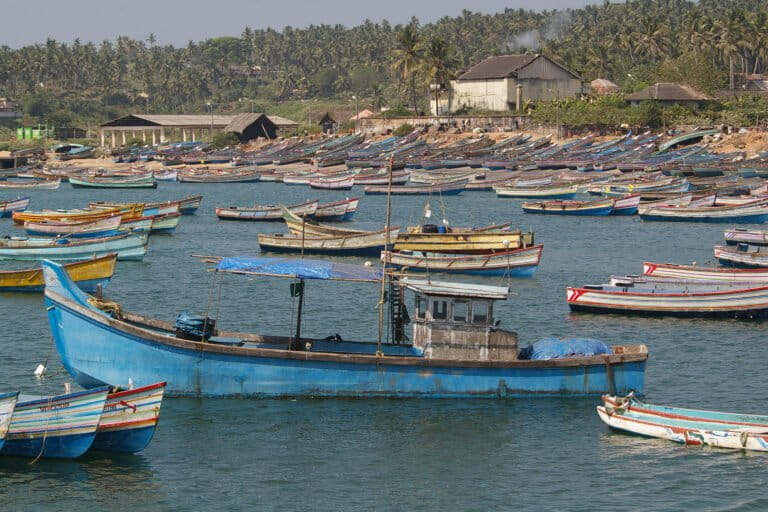
Impacts on dugong health and fisheries
A new study from the Wildlife Institute of India reveals that dugongs are accumulating toxic heavy metals in their tissues and organs, with potentially serious consequences. This research provides the first regional dataset on metal accumulation in Indian dugongs, complementing earlier findings from Australia, Thailand, Japan, and Indonesia.
Between 2018 and 2023, researchers examined tissues from 46 stranded dugongs across six coastal districts of Tamil Nadu. Thirteen heavy metals were detected, but five toxic ones were analysed in detail: cadmium, mercury, lead, chromium, and arsenic.
Anant Pande, who coordinates the Marine Mammal Consortium of India, and is a member of IUCN Sirenia Specialist Group, said, “The study sought to add another dimension to the existing information on dugong numbers, distribution, habitat use, and threats: understanding the extent of toxic metal contamination in dugongs. We aimed to assess pollution levels in their habitats and contribute to the growing body of research on dugongs across South Asia.”
Pande, who is also a co-author in the study explains, “The study highlighted two important patterns. First, higher levels of arsenic, chromium, and lead in skin compared to liver suggest possible dermal absorption from sediment-rich shallow waters. And second, elevated levels of cadmium and mercury in internal tissues points to dietary intake through seagrass.” Additionally, high levels of cadmium and mercury in kidneys and liver indicates the body’s inability to expel them.
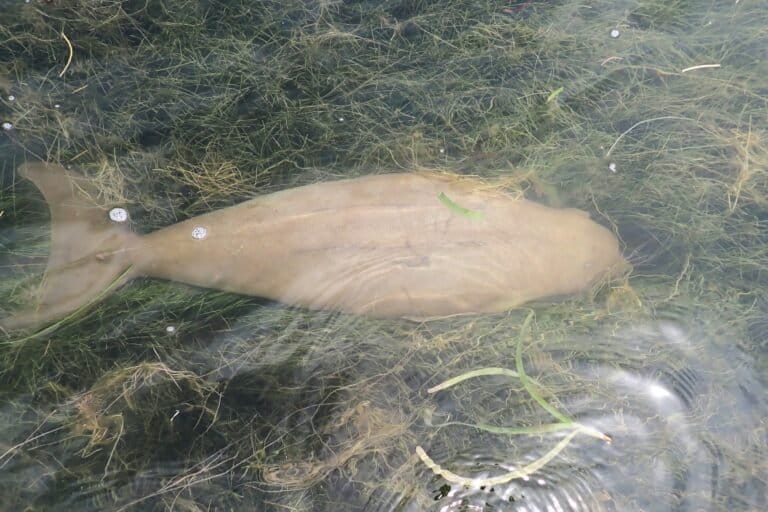
India, with 16 seagrass species has extensive meadows in the Palk Bay–Gulf of Mannar seascape. Seagrasses are critical in stabilising marine sediments, storing blue carbon, and providing nurseries for fish and invertebrates. Dugongs feed almost exclusively on seagrasses which are also important sinks for pollutants, and accumulate heavy metals from mainland runoff.
Notably, this is the first global documentation of metal and metalloid presence in dugong blubber, skin, lungs, and heart. Mature and larger dugongs showed significantly higher concentrations, indicating age- and size-related bioaccumulation. However, most concerning was the detection of mercury and aluminium in the calves, passed down from the mother during gestation — the first evidence of maternal transfer in dugongs, although this has been previously reported in manatees.
Heavy metals enter coastal waters through industrial effluents, agricultural runoff, and development activities. They persist in the environment, bioaccumulate in tissues, and biomagnify up food chains (increase in concentration with each successive trophic level). In marine mammals, these metals can cause neurological damage, endocrine dysfunction, impaired growth and metabolism, kidney damage, reproductive failure, and immune suppression.
Commenting on the urgent conservation concerns these results raise, Pande adds, “This raises serious questions about the survival of young dugongs and has wider ecological implications for other marine species such as dolphins, turtles, fish, and invertebrates that share these habitats.”
Broader implications
This problem of heavy metals extends beyond marine fauna, as the contamination also poses health risks for local communities that depend on these waters for livelihoods and subsistence. However, not limited to just Tamil Nadu’s coast, this reality extends across the Indian coastline, including other prominent areas like West Bengal and Mumbai which see huge influxes of effluents into their riverine, ground, and coastal waters on a regular basis.
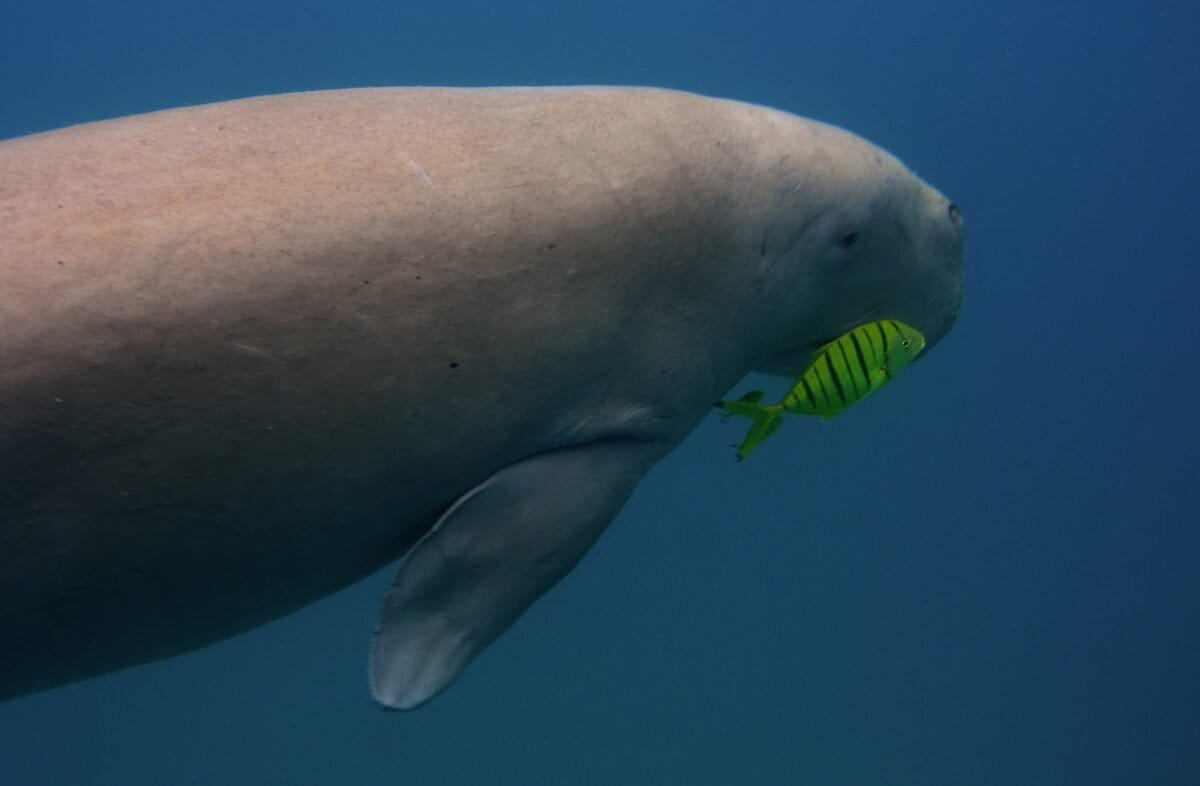
Shaunak Modi, director of Mumbai-based Coastal Conservation Foundation, says, “Heavy metal contamination can have both short- and long-term impacts on marine life. In invertebrates and fish, it is known to affect feeding, reproduction, larval development, and cause immune suppression — all of which can ultimately threaten population stability and diversity. These effects extend through the food web, posing risks to apex predators and to coastal communities, where biomagnification of metals such as mercury affects humans through the consumption of fish, shellfish, and crustaceans.”
Looking ahead
Pollution control is critical, requiring the identification and regulation of major sources of heavy metals. Modi says, “It is important to reduce and eventually stop the release of untreated sewage into our coastal waters. Continued monitoring and testing of both water bodies and animals is crucial to understand biomagnification and its potential impact further up the food web.”
The authors indicate that dugongs might be capable of tolerating elevated concentrations of toxic metals without showing strong toxicological responses, suggesting complex physiological adaptations. Effective biomonitoring would thus need to account for how internal processes such as metal-to-metal interactions, tissue-wise distribution, and active expulsion mechanisms may mask or modify environmental signals. Additionally, factors such as sex, age, and maternal transfer strongly influence uptake and regulation, and long-term consequences of such exposure may indirectly contribute to mortality risks and population decline.
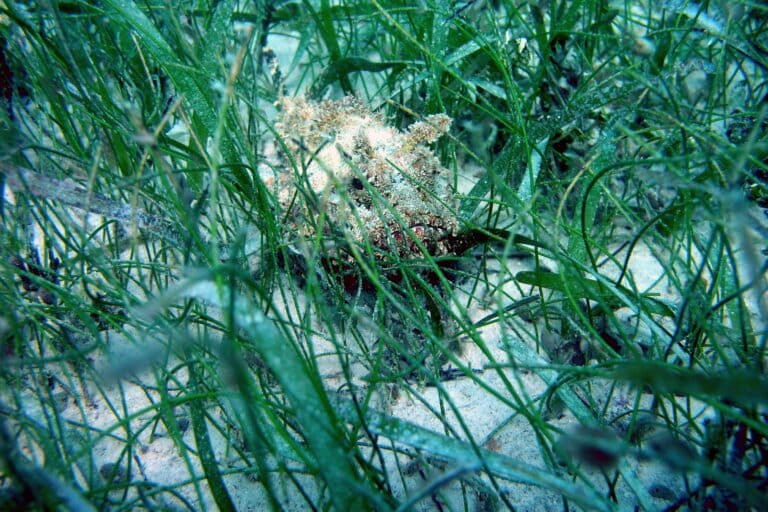
The study, mentioning the limitations of time and scale, emphasises the need to build upon these baseline results. It highlights an urgent need for long-term monitoring and broader and more robust sampling — including additional tissues (like brain, muscle, bone, body fluids), water and sediment samples, and other life stages including juveniles and foetuses — to understand bioaccumulation pathways and establish contaminant baselines and trends.
Vardhan Patankar, Conservation Impact Director at GVI adds, “This study offers valuable and novel insights for dugong conservation in India. Going ahead, building on the results, it would be interesting to connect these biological patterns with regional environmental drivers such as pollution, sediment loads, seagrass contamination, or industrial discharges. Integrating key variables like water quality, sediment, and seagrass dynamics could strengthen the relevance of these findings for conservation and management.”
Towards an integrated conservation framework
India’s dugongs are at a critical juncture. With fewer than 250 individuals left, every unaddressed threat adds a new dimension to conservation challenges. Experts believe that India needs a comprehensive, targeted strategy combining toxic metal monitoring in dugong tissues with pollution control. Routine biomonitoring of key heavy metals (arsenic, cadmium, chromium, mercury, lead) to provide early warnings of health risks; dedicated monitoring in critical dugong habitats; strict enforcement of waste-treatment regulations to limit untreated discharge; and involvement of local fisherfolk in reporting unusual mortalities could help strengthen conservation efforts.
Pande concludes, “An integrated action framework that combines research, community engagement, and regulatory enforcement could effectively safeguard India’s remaining dugong populations and uphold the country’s commitment to marine biodiversity conservation.”
Read more: Dugongs recovering, need cross-border efforts in conservation
Banner image: A dugong swims towards the surface of the waters around Neil island, Andaman and Nicobar. Image by Vardhan Patankar.


